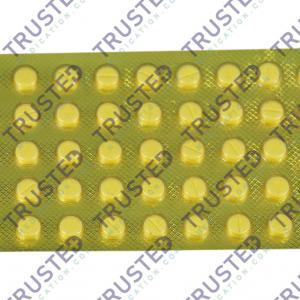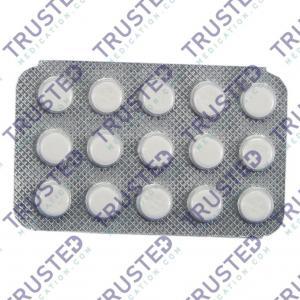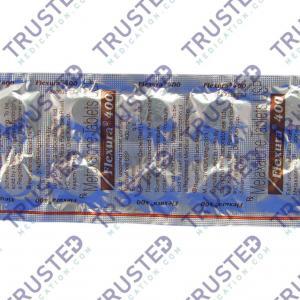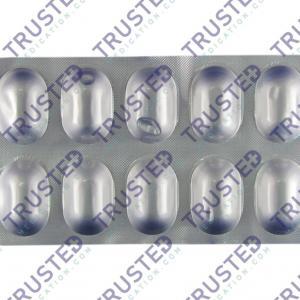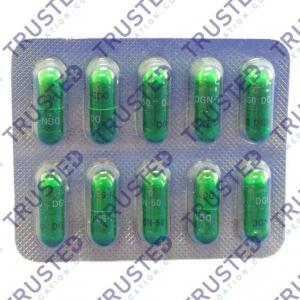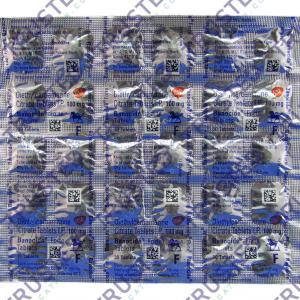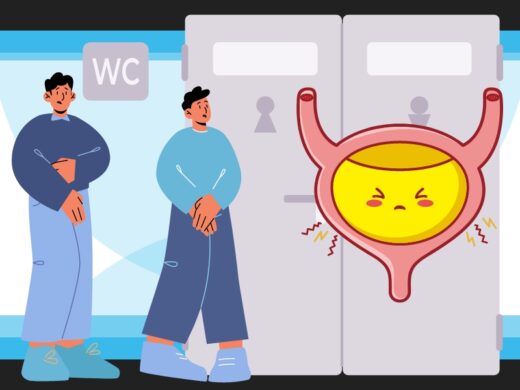
Overactive bladder is most common in people 65 and older. Women may have the condition at a younger age, usually around 45. Overactive bladder is common. It affects up to 33 million adults in the U.S., including as many as 30% of men and 40% of women. However, that number may be higher because many people feel embarrassed and won’t get help.
What is an Overactive Bladder?
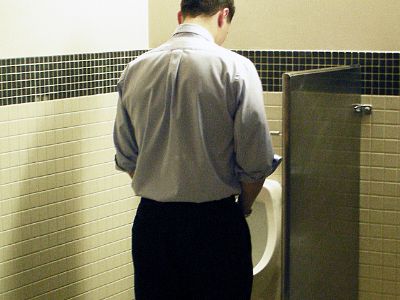
Overactive bladder (OAB) is the name for a group of urinary symptoms. It is not a disease. Some people will leak urine when they feel this urge. OAB is the feeling that you need to go to the bathroom urgently and too much.
If you have an overactive bladder, you may:
- Feel a sudden urge to urinate that’s difficult to control
- Experience unintentional loss of urine immediately after an urgent need to urinate (urgency incontinence)
- Urinate frequently, usually eight or more times in 24 hours
- Wake up more than two times in the night to urinate (nocturia)
Even if you can get to the toilet when you sense an urge to urinate, unexpected frequent urination and nighttime urination can disrupt your life.
Even though it is common among older adults, overactive bladder isn’t typical for ageing. It might not be easy to discuss your symptoms, but if they are distressing or disrupting your life, talk to your doctor. Treatments are available that might help you.
What is the Cause of an Overactive Bladder?

Conditions or injuries that affect your detrusor muscle cause an overactive bladder. Your detrusor muscle is a collection of smooth muscle fibres in the wall of your bladder. These conditions may include the following:
- Abdominal trauma. Pregnancy and childbirth can stretch and weaken your pelvic muscles.
- Nerve damage. Sometimes your body signals your brain and bladder to pee incorrectly. Certain diseases and trauma can cause nerve damage, including pelvic or back surgery, herniated discs, radiation therapy, Parkinson’s disease, multiple sclerosis or a stroke.
- Medications, alcohol and caffeine. All of these can dull your nerves, which affect signals to your brain and cause your bladder to overflow.
- Infection. An infection, such as a urinary tract infection (UTI), can irritate your nerves and cause your bladder to squeeze without warning.
- Extra weight. Being overweight can put extra pressure on your bladder, which can cause urge incontinence.
- Estrogen deficiency after menopause. Hormonal changes may cause urge incontinence.
As you age, you are at increased risk of developing an overactive bladder. You are also at higher risk of diseases and disorders, such as enlarged prostate and diabetes, which can contribute to other problems with bladder function.
Many people with cognitive decline develop an overactive bladder. Incontinence that results from situations like this can be managed with fluid schedules, timed and prompted voiding, absorbent garments, and bowel programs. Some people with an overactive bladder also have bowel control problems. Tell your doctor if this is a problem for you.
What is the Treatment for Overactive Bladder?
Combining treatment strategies may be the best approach to relieving overactive bladder symptoms.
Behavioural Therapies
- Pelvic floor muscle exercises
- Biofeedback
- Healthy weight
- Scheduled toilet trips
- Intermittent catheterization
- Absorbent pads
- Bladder training
Bladder Injections
- Botox is a protein from the bacteria that cause botulism illness that is used in small doses and directly injected into bladder tissues, and this protein relaxes the muscles.
Nerve Stimulation
- Regulating the nerve impulses to your bladder can improve overactive bladder symptoms.
Percutaneous Tibial Nerve Stimulation (PTNS)
- This procedure uses a thin needle placed through the skin near your ankle to send electrical stimulation from a nerve in your leg (tibial nerve) to your spine, where it connects with the nerves that control the bladder.
Surgery
Surgery to treat overactive bladder is reserved for people with severe symptoms who don’t respond to other treatments. The goal is to improve the bladder’s ability to store urine and reduce pressure in the bladder. However, these procedures won’t help relieve bladder pain.
- Surgery to increase bladder capacity
- Bladder removal
Medication
- Bicalutamide – belongs to a group of medications known as nonsteroidal antiandrogens. Nonsteroidal antiandrogens such as bicalutamide block the effect of the male hormone testosterone in the body.

